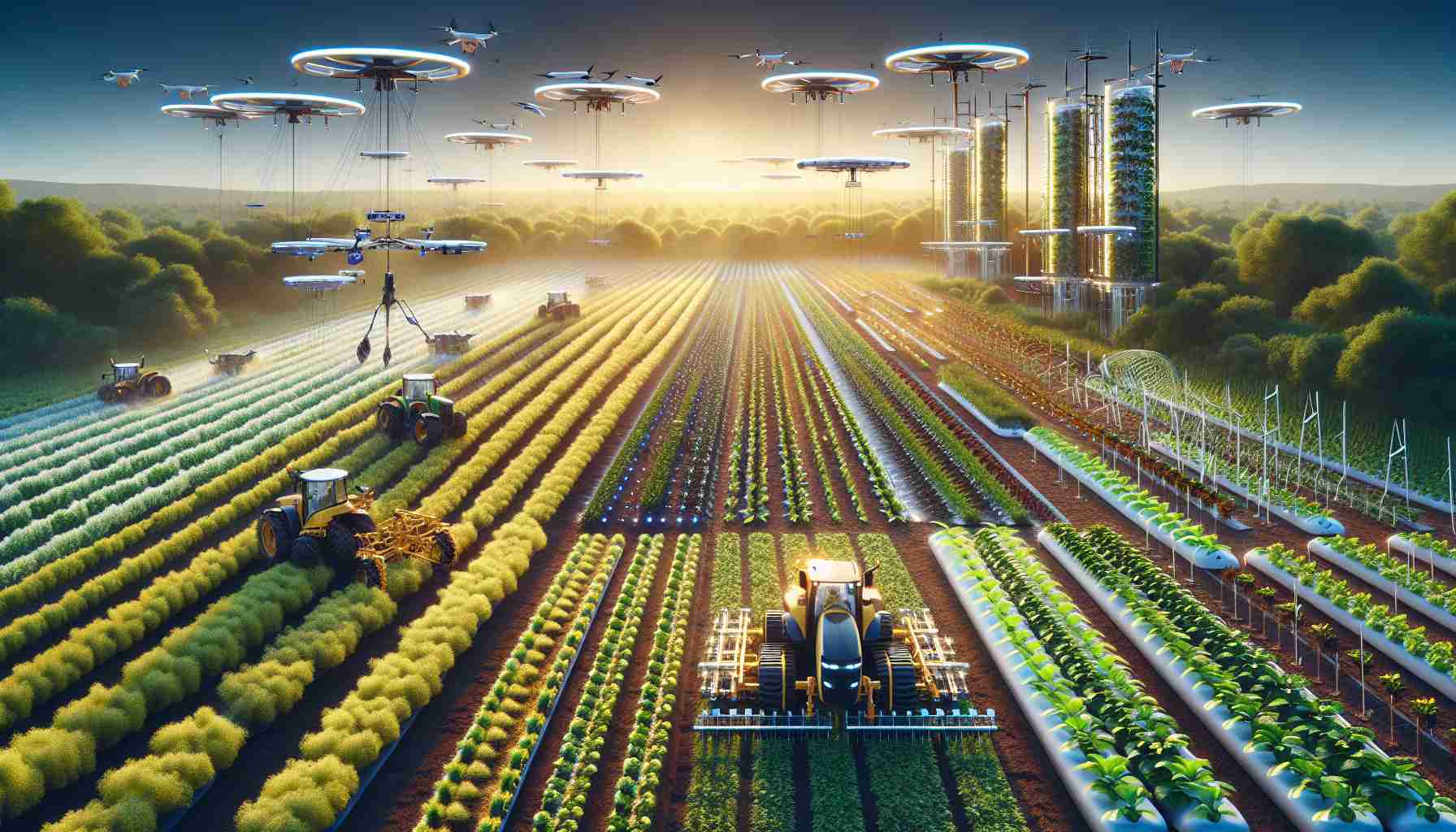Leading the charge in agricultural advancement, the International Maize and Wheat Improvement Center (CIMMYT) recently made waves at the World Agri-Tech Innovation Summit. Known for its pioneering approaches, CIMMYT highlighted its significant contributions to regenerative agriculture and played a crucial role in fostering global discussions on open data and collaborative solutions for the climate crisis.
The summit served as a platform for CIMMYT to share insights into how regenerative farming practices could transform the agri-food sector. By promoting practices that enhance soil health and biodiversity, CIMMYT aims to contribute to a sustainable future. These initiatives are crucial in building resilience against climate impacts, a challenge that increasingly demands the attention of global agricultural leaders.
Attendees were introduced to the organization’s efforts in promoting open data systems, which facilitate knowledge sharing and innovation across international borders. CIMMYT’s active involvement underscores its commitment to utilizing data-driven technologies to improve crop yields and farmer livelihoods.
Furthermore, CIMMYT’s leadership emphasized the importance of global collaboration. By bringing together researchers, policymakers, and industry experts, they aspire to create a united front against the challenges posed by climate change. The focus on collaboration highlights CIMMYT’s dedication to creating sustainable agricultural practices that can be adopted worldwide.
By engaging in these discussions and presenting viable solutions, CIMMYT continues to lead the way in redefining the future of farming, with a clear focus on sustainability and resilience.
How Regenerative Agriculture and Open Data Could Revolutionize Our Future
As the conversation around sustainability heats up, the topic of regenerative agriculture has grabbed the spotlight. Not only does it promise to reshape the way we farm, but it also opens doors to innovative technological breakthroughs. While organizations like the International Maize and Wheat Improvement Center (CIMMYT) are at the forefront, exploring the uncharted territories in this field reveals surprising impacts on humanity and new technologies.
**The Untapped Potential of Regenerative Agriculture**
Regenerative agriculture is not only about fostering soil health and biodiversity—it’s a much-needed paradigm shift in our approach to farming. This practice goes beyond traditional sustainable agriculture by actively improving ecosystems, which could significantly reduce carbon footprints. Imagine if widespread adoption led to a global reduction in atmospheric CO2, potentially mitigating climate change.
However, could this shift lead to conflicts of interest between conventional agricultural stakeholders and those advocating for regeneration?
**The Data-Driven Revolution: How Open Data Transforms Agriculture**
The push for open data systems is another groundbreaking stride led by organizations like CIMMYT. By sharing agricultural data openly, countries can leapfrog traditional development hurdles and innovate faster. This democratization of knowledge could lead to unforeseen collaborations and technological advancements. For instance, using open data, AI algorithms can be trained to predict crop diseases far before they become epidemics.
Yet, a question arises: how do we mitigate the risks of data misuse or privacy breaches in open data systems? The conversation becomes even more critical as we weigh the advantages and potential security drawbacks.
**Potential Controversies in Collaboration**
While collaboration is crucial, bringing together varying interests and agendas from around the world isn’t devoid of challenges. The tension between national interests and global collaboration can sometimes stall innovation. How do we create a regulatory framework that ensures fair distribution of benefits from regenerative practices and open data?
**Advantages and Disadvantages: A Double-Edged Sword**
The agricultural revolution underway due to these initiatives brings several advantages. Enhanced resilience, increased crop yields, and improved farmer livelihoods pave the way for a prosperous future. However, transitioning from conventional methods may initially reduce efficiency and encounter resistance.
In conclusion, the push towards regenerative agriculture and open data systems is both exciting and fraught with complexities. Understanding these dynamics is essential as we move towards a more sustainable future. For deeper insights, explore these platforms: CIMMYT, FAO, NASA Earth Observatory.
